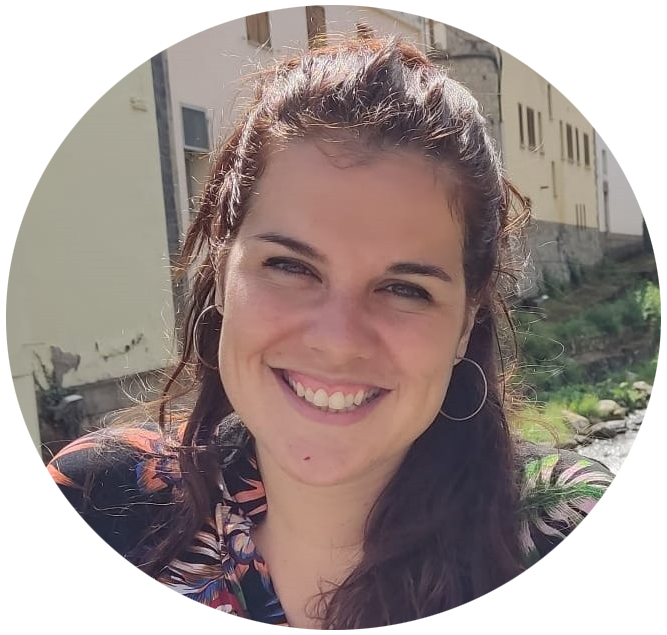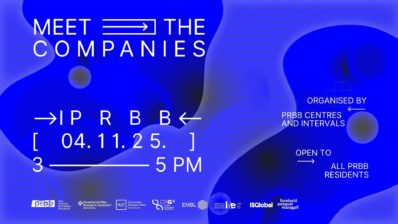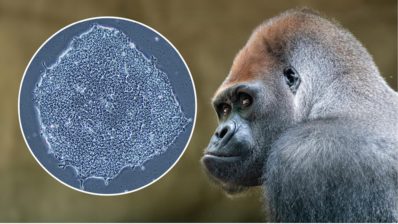The Institute of Evolutionary Biology (IBE-CSIC Pompeu Fabra) researcher Carles Lalueza-Fox has recently been unanimously elected director of the Barcelona Museum of Natural Sciences.
The leading international scientist has a solid track record in both research and science dissemination. He specializes in ancient DNA recovery techniques, reconstruction of past migrations in human populations, and evolutionary genetics. He is also very interested in outreach, and has written books that deal with such varied topics as the de-extinction of species, the genetics of European monarchies or the history of inequalities through genomics, the focus of his last book.
For all this scientific and disseminating activity he has been widely recognized with the City of Barcelona Prize for Scientific Research (2008) and the Narcís Monturiol Medal for scientific merit of the Generalitat de Catalunya (2018), as well as the Prismas Prize for the best book of scientific dissemination published in Spain (2019), among others.
Carles Lalueza-Fox is loaded with very interesting new ideas and projects to extend the museum’s visibility worldwide, and to relate his own outreach interests to the museum’s approach.
We talked to him about the links of the new position with his group’s research at the PRBB (Barcelona Biomedical Research Park) and his future prospects.
Congratulations Carles for your new position as director of the Museum of Natural Sciences in Barcelona. What does this change mean to you?
Although I will continue to be involved in research, in many ways it means a change of direction from what I have been doing so far, as a researcher and disseminator in the form of books. Although the work at the museum has some parallelism with the research and dissemination I have done so far, such as transmitting knowledge using emotional tools, or the research component of many natural science museums.
I look forward to learning a lot of new things; perhaps partly due to the confinement of the coronavirus pandemic, I felt a little stuck. Now, the idea is to do what I can to make the most of the museum.
How do you see the interaction between the new position and your research at IBE – can they benefit each other?
I still can’t tell you because I haven’t started (laughing). But yes, the idea is to combine both. I will deal primarily with the museum, but strong and lasting links must be created with research, especially with the IBE where we specialize in biodiversity and evolution. We will probably establish some sort of agreement to formalize this connection. Above all, it is interesting given the European Union’s 2030 Agenda for Sustainable Development, which places great emphasis on the sustainability of the planet, biodiversity and its conservation.
Can you tell us how you plan to expand the museum’s visibility internationally?
One way to generate visibility on a social and international level is for the museum to be perceived as a tool for generating knowledge. It should not only be an exhibition tool, but also be involved in research aspects. This creates a more dynamic museum and, at the same time, the research also feeds the exhibition part. That is my main intention.
“One way to generate visibility on a social level and on an international scale is for the museum to be perceived as a tool for generating knowledge”
It is also worth noting that the Citadel of Knowledge is being developed in the area of the Mercat del Peix, relatively close to the PRBB and the Blue Museum. Here, in a new building, there will be the IBE, and soon, the BIST and the Planetary Wellbeing will also be established. The latter is a UPF project to become a world reference in defense of the idea of Planetary Health, where aspects of climate change and sustainability will be defined. So all the actors in this pole of knowledge will have a lot in common with each other and with the museum. For the city and the country, it is a crucial moment. This network, which must be ready by 2025, must be well defined, and the museum must be a key piece of it, it must fit in.
“For the city and the country it is a crucial moment to try to define well this network of the Citadel of knowledge”
Will being a researcher make it easier to establish these links?
I think so, if you know the research world, it is easier to know which research lines can be successful, which will emerge in the coming years, which institutions will launch the potentially more interesting new lines, and so on. Knowing this has an advantage; from the outside it is harder to see these dynamics.
So, to be a museum director, is it a requirement to be an active researcher?
There is no such requirement, but there are not many precedents either, as the previous director was here for about 25 years …
Wow! How does the election or tenure of the management of the Museum work?
I don’t know how it went in the previous case; I currently have this position for five years, renewable. But I think that these types of institutions need to have more mobility, because there are many things where a different person, just for being new, can bring a new vision that is much needed. Times change, and everything has to adapt. It’s best to have changes, to get new insights, and especially someone who is connected to the creation of knowledge. Let’s see what I can do with these 5 years!
Could you give us some ideas of the innovation lines you have proposed?
One of my challenges is to decide what to do with the collections, which are now in suboptimal condition. The museum has about 4 million specimens, which are many and take up a lot of space, so it clearly requires political will and probably imagination to see what is the best destination for them, how to store them.
I would also like to create a crio museum, a place where frozen samples of local wildlife could be preserved, to preserve their DNA and be a reference for genetic studies. The idea would be that the samples could be used in about a hundred years from now, for example. To know that it will be a collection that will continue to exist. At the IBE, like at any other research center or university, a study can be done with a collection of very interesting animals, but when the researcher retires or leaves, the collection is scattered. I believe that the museum should be a center where collections can be preserved in the long run. Now that climate change is a recurring theme in all areas, and there is talk of species extinction and the decline of biodiversity, it is crucial to have a reservoir of information.
In fact, I would also like to sequence pieces that are already in the museum of species that are now endangered, to see the genetic diversity they had when they weren’t yet, when the samples were taken. And not only with local samples, we also have them from South America, for example. It is important to know what diversity has been lost and this can be done through the museum. It is not only a look at the past, but also at conservation, to the future.
One use beyond this genetic analysis of samples would be to detect mutations that have caused loss of fertility, and perhaps even eliminate some of these mutations with gene editing. Now there are very powerful tools and I think they will have a lot of impact in the future.
“The most interesting specimens must be preserved for future generations; freezing them and thus preserving their genetic material. Then we can analyze what diversity they have lost and even eliminate some of the mutations responsible for that loss using gene editing. “
Thank you very much for your time Carles, and may this new adventure be accompanied by the changes you are waiting for!







